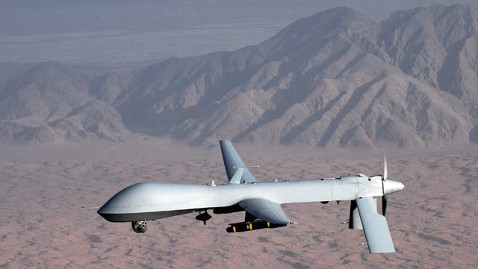As he prepares to retire to his California walnut farm this month, Defense Secretary Leon E. Panetta is still fighting the battle that has consumed his entire tenure at the Pentagon: an increasingly desperate campaign to persuade Congress not to whack defense spending.
In recent days, Panetta, 74, has uttered near-apocalyptic warnings about what will happen if Congress does not do something by March 1 to avert a “doomsday scenario” under which the Defense Department could be required to slash $43 billion in spending in the next seven months, and as much as $500 billion in the next decade.
Those cuts, he told lawmakers last week, would turn the mighty U.S. military “into a second-rate power” and would force the Obama administration to throw its entire national-security strategy “out the window.”
He has warned that naval operations in the Pacific would shrink by a third. All military training would slow to a crawl. And almost every civilian employee at Defense could be furloughed, as much as one day a week for the rest of the fiscal year.
At a farewell ceremony Friday at Fort Myer, President Obama praised Panetta, saying, “No one has raised their voice as firmly or as forcefully on behalf of our troops as you have.”
Obama also urged Congress to work out a new deal with him to avoid what he called “massive, indiscriminate cuts that could have a severe impact on our military preparedness.”
He added, “There is no reason, no reason for that to happen.”
It is the same message that Panetta has delivered, so far to no avail, almost every day since he took over as defense secretary in July 2011. The next month, he was saddled with the task of shrinking the military after Obama and Congress agreed to cut $487 billion in projected defense spending for the next 10 years.
But that was just the first swing of the ax. Under the rest of the deal, the Pentagon would be forced to cut $500 billion more in the same period if lawmakers and the White House could not come up with another, more palatable way to reduce the nation’s record deficits.
It appears highly unlikely that Congress and the White House will reach a deal to spare the Pentagon before Panetta retires. It will fall to his successor — Obama has nominated former senator Chuck Hagel (R-Neb.) for the job — to manage any further cuts. But Panetta’s failure to prevent what he described as the worst-case scenario will mark the end of an otherwise influential and colorful career in Washington that has spanned four decades.
The high point came in May 2011 when, as CIA director, Panetta oversaw the successful and daring strike that killed al-Qaeda leader Osama bin Laden. Along the way, he served as White House chief of staff during the Clinton administration and as chairman of the House Budget Committee, where he earned a reputation as a skillful negotiator on fiscal issues.
It was largely for his budget and legislative expertise that Obama tapped Panetta to lead the Pentagon, which now faces a wrenching consolidation after years of growth fueled by the wars in Iraq and Afghanistan.











